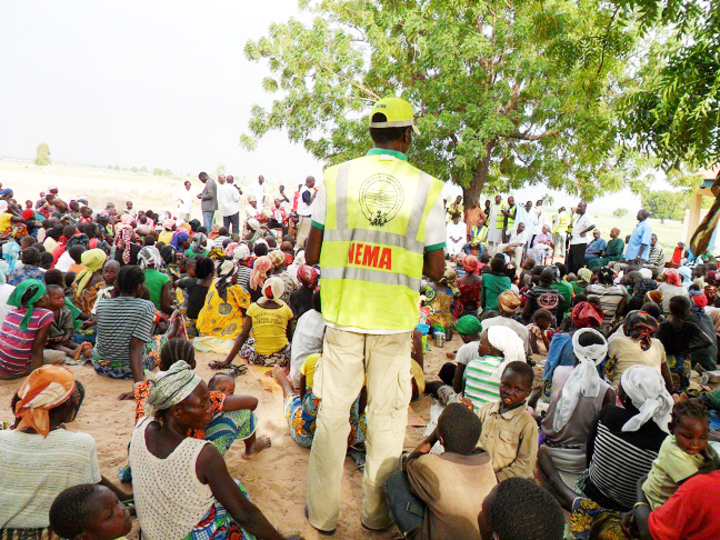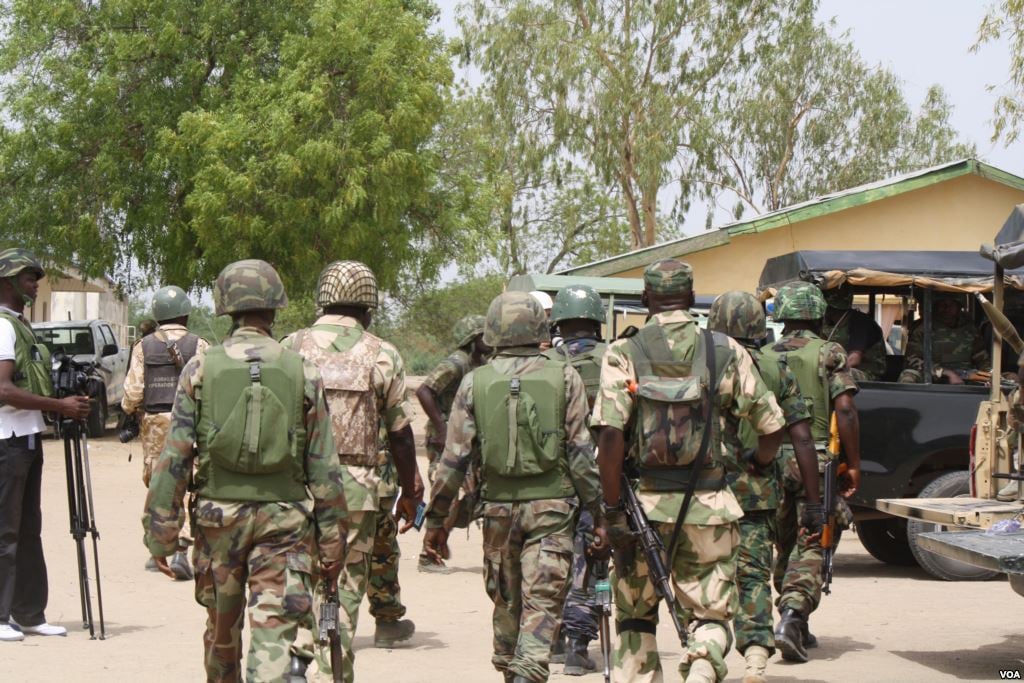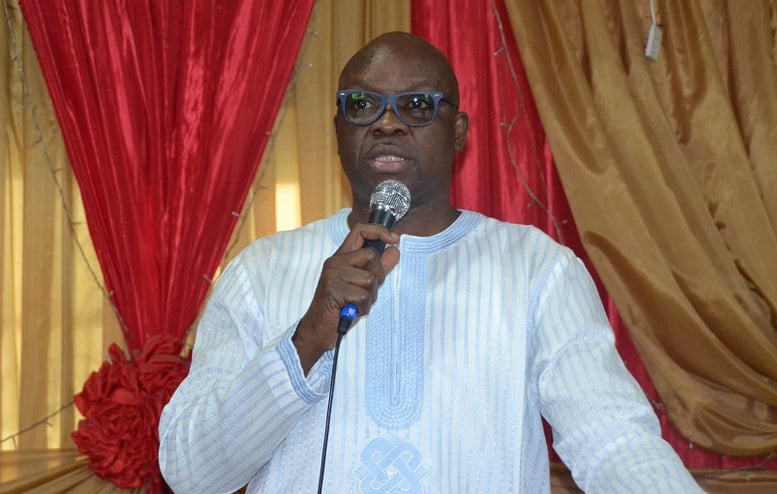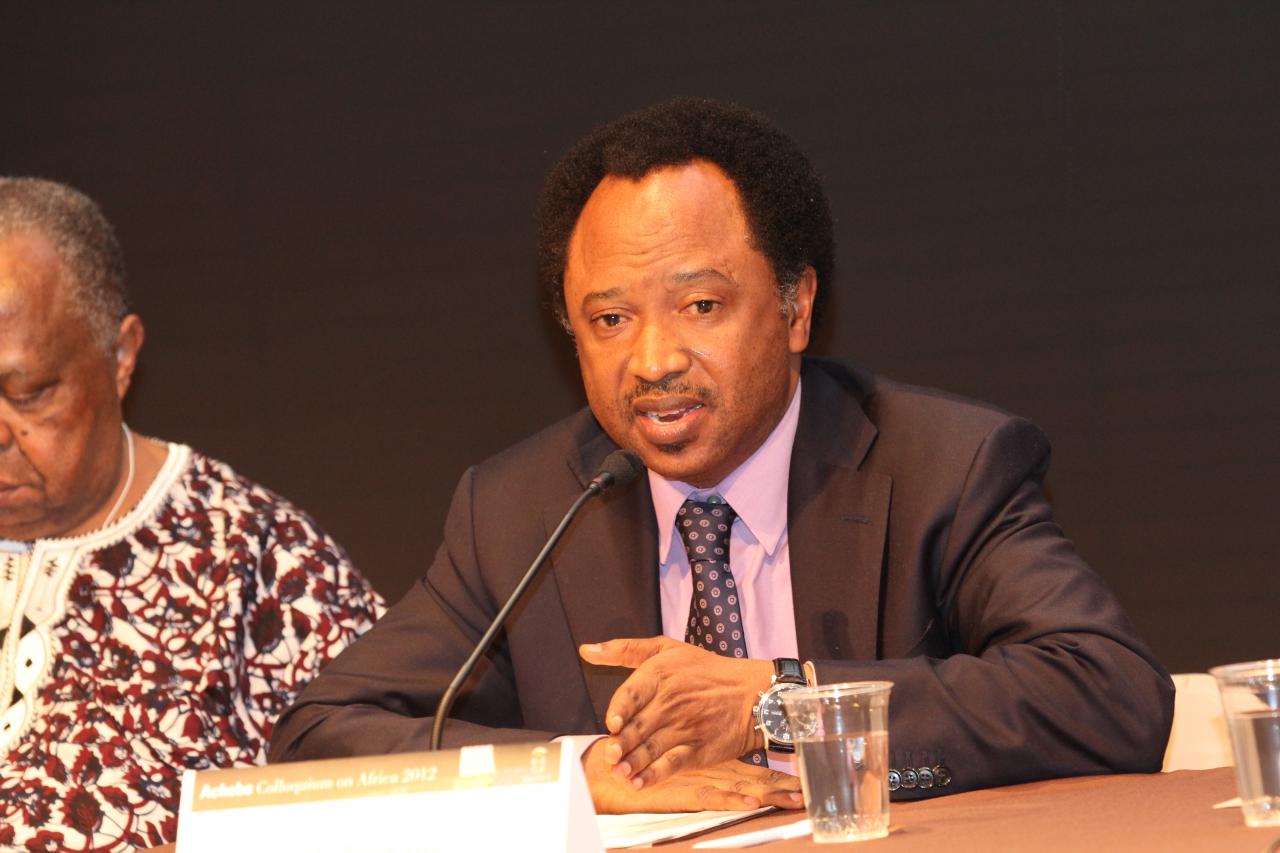Nigeria now has at least 2.1 million internally displaced persons (IDPs), the international organization for migration (IOM) has said.
In a statement released on Friday, the organisation said about 300,000 households have been displaced in northern Nigeria.
“Over 2.1 million people or 300,000 households are now internally displaced in northern Nigeria, according to IOM’s Displacement Tracking Matrix (DTM). The recent spike in attacks by insurgents triggered the increase,” the statement read.
“The 5th DTM report tracks displaced populations in the six northeastern states covered in the previous four rounds of the DTM – Adamawa, Bauchi, Borno, Gombe, Taraba and Yobe. It also covers Nassarawa State and the Federal Capital Territory of Abuja in the north central part of the country.
Advertisement
“The increase in the number of internally displaced persons (IDPs) from the 1.3 million recorded in the June DTM report can be attributed to the intensification of attacks carried-out by the insurgents, as well as to improved access to previously inaccessible areas of Borno State, where the IDP population is now well over 1.6 million.”
The report also reveals that majority of the IDPs (92 per cent) displaced by insurgency now live in host communities, while the remainder live in camps or camp-like sites.
Major needs listed by the IDPs include food (58 per cent), shelter (13 per cent) and non-food relief items (7 per cent).
Advertisement
Enira Krdzalic, IOM Nigeria chief of mission, said many of the IDPs in Nigeria are not privy to the basic amenities of life.
“Many IDPs, especially in host communities, have yet to receive basic items, including food and shelter,” Krdzalic said. “It is very important for the authorities and humanitarian partners to speed up the delivery of adequate assistance to these people.”
Since October 2014, IOM has been implementing the DTM programme in close collaboration with the National Emergency Management Agency (NEMA), the State Emergency Management Agency (SEMA) and the Nigerian Red Cross Society (NRCS).
The process includes assessment at local government level, site assessments, as well as registration in camps and host communities.
Advertisement
The DTM was extended from the northeast to other states in the north-central and northwest parts of the country at the request of NEMA.
Add a comment







